The 32nd SEA Games logo released by Cambodia features many iconic images of the country. At the top is an image of the gilded Angkor Wat temple, a UNESCO-recognized historical heritage. The main color chosen is gold, symbolizing the kingdom and progress in prosperity, health, and happiness.
Below are four Naga snakes in green, red, yellow, and blue, intertwined to represent unity and diversity in the Southeast Asian community. The Naga snake is a very popular symbol in Cambodian culture, symbolizing protection and bringing stability to the kingdom.
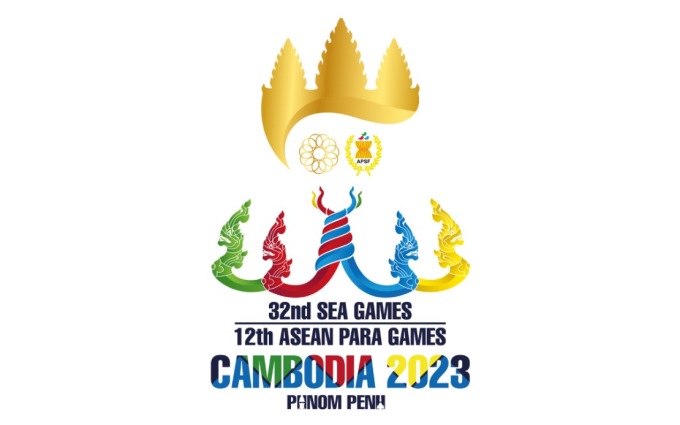
Logo of the 32nd SEA Games in Cambodia. Photo: Cambodia 2023
This symbol also recalls the famous Cambodian legend about the love between Prince Preah Thong and the snake princess Neang Neak, considered the ancestors of this nation.
According to one version, thousands of years ago, Cambodia was a small island called Kouk Thlouk, meaning land of the Thlouk tree. The island belonged to the Naga snake people who lived in the middle of the ocean.
One day, Princess Soma and her Naga subjects transformed into beautiful women and landed on the island. That night, the Indian prince Kaundinya and his entourage arrived on the island by boat. The prince fell in love with Princess Soma at first sight when he saw her dancing under the moonlight and asked her to marry him. The princess agreed on the condition that her father, the king, approved.
Since the Naga palace was at the bottom of the ocean, Kaundinya had to reach there by holding Soma's tail. The king met the Indian prince and agreed to marry his daughter to him.
After the wedding, the Naga king expanded the island by adding land from the ocean, and then gave it to Kaundinya and Soma to rule. Their Khmer names are Preah Thong and Neang Neak. Cambodians consider themselves descendants of the couple.
“The description of the land as an island suggests that much of the kingdom was previously submerged,” German scholar Rüdiger Gaudes wrote in a 1993 report. Scholars agree that the ancient depiction of Cambodia as an island was due to the area being frequently flooded for thousands of years.
Another version of the legend has Kaundinya going to war with Soma, while another says he killed the Naga king for refusing to let his daughter marry a human. The common thread between the stories is that the Indian prince took his future wife by the tail and went down to the ocean.
This detail is incorporated into Cambodian wedding ceremonies: when entering the wedding room, the groom must lift the bride's skirt. This gesture and the story behind it shows that the woman in Cambodian culture is the head of the family. Cambodians consider Neang Neak as the mother.
Like many Asian epics and legends, the story of Preah Thong and Neang Neak may have some truth. Chinese records mention the kingdom of Funan, a loose collection of Indic-speaking states in the 3rd century. Funan may be the Khmer word Vnum, meaning mountain. Funan’s ancient capital, Vyadhapurac, has been lost to the ravages of time.
In the 3rd century book "Wu Shi Wai Guo Ji" (Records of Foreign Countries in the Wu Dynasty) by the traveler Jiang Tai, the existence of Funan and Vyadhapurac was mentioned. He noted that the kingdom's writing resembled that of India. Jiang Tai wrote about Huntian (the Chinese name for Kaundinya) in the book, and also talked about the origin of Funan.
Hermann Kulke, a German historian and Indologist, was the first to identify the legendary Indian prince as being of Brahmin origin and Kaundinya as his surname. Researcher Sanjeev Sanyal says Kaudinya probably came from Andhra Pradesh, in northern India, or Odisha, in the south of the country.
The Taiping Liuyuan, a 10th-century Chinese encyclopedia, writes that Kaundinya was a devotee of a Hindu god. He dreamed that the god gave him a bow and asked him to sail on a ship. Kaundinya went to the temple of the god and discovered the bow the next morning.
"He then boarded a merchant ship, and the gods changed the wind direction and brought him to Funan," the book says. "Liu Ye (Soma) commanded the ship to rob the ship. Huntian drew his bow and shot an arrow through the queen's ship from one side to the other. The queen was frightened and submitted. From then on, Huntian ruled the country."
The marriage of Kaundinya and Soma is also mentioned in some ancient Chinese texts.
"These documents reflect historical events from the 1st century (200 years or more after Jiang Tai's travels) related to the process of Indianization: the penetration of Indian religion, folklore, politics and law, and other elements that Indian culture brought to Southeast Asia that were related to social changes and the formation of states there," Gaudes writes.
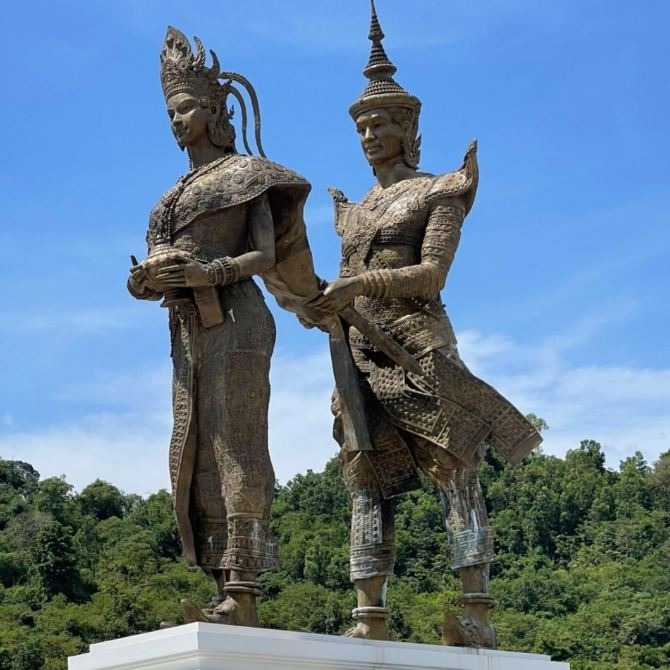
Statue of Kaundinya holding Soma's coattail in Sihanoukville city. Photo: Trip.com
After Cambodia's liberation from colonial rule, King Norodom Sihanouk made it a priority to spread the story around the world . Under the patronage of Norodom Monineath, wife of Norodom Sihanouk, the Royal Ballet of Cambodia performed the play in many countries.
The performance has since become an international symbol of Cambodia, with the dance also being recognised by UNESCO as a World Heritage Site. Sihanouk developed a strong friendship with former Indian Prime Minister Jawaharlal Nehru, whom he considered a mentor.
During his 12-day visit to India in 1955, Sihanouk spoke about the influence of Sanskrit on the Khmer language, as well as the relationship between the stories of Preah Thong and Neang Neak.
"India and Cambodia are brothers," he said. "Khmer civilization is a child of Indian civilization. We are proud of this."
Hong Hanh (According to Scroll.in )



![[Photo] National Assembly Chairman Tran Thanh Man receives United Nations Secretary-General Antonio Guterres](https://vphoto.vietnam.vn/thumb/1200x675/vietnam/resource/IMAGE/2025/10/25/1761390815792_ctqh-jpg.webp)


![[Photo] Prime Minister Pham Minh Chinh and United Nations Secretary-General Antonio Guterres attend the Press Conference of the Hanoi Convention Signing Ceremony](https://vphoto.vietnam.vn/thumb/1200x675/vietnam/resource/IMAGE/2025/10/25/1761391413866_conguoctt-jpg.webp)
![[Photo] Prime Minister Pham Minh Chinh receives United Nations Secretary-General Antonio Guterres](https://vphoto.vietnam.vn/thumb/1200x675/vietnam/resource/IMAGE/2025/10/25/1761390212729_dsc-1484-jpg.webp)


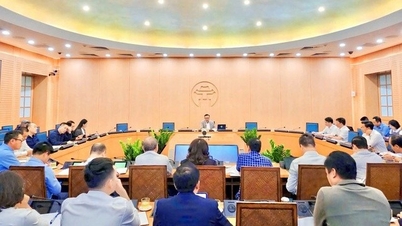



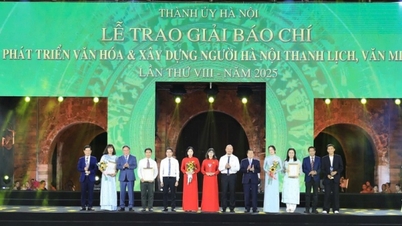



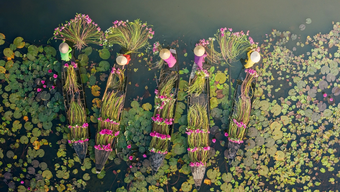









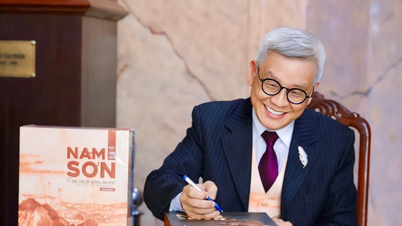






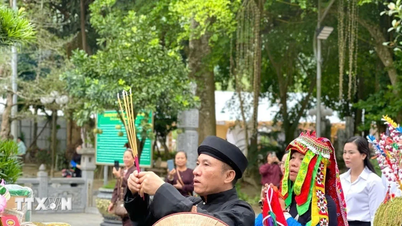














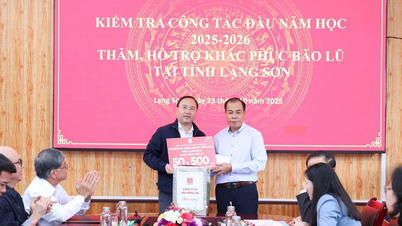
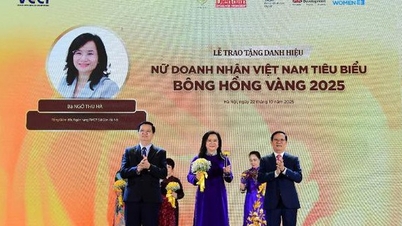



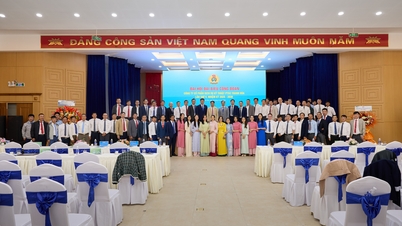


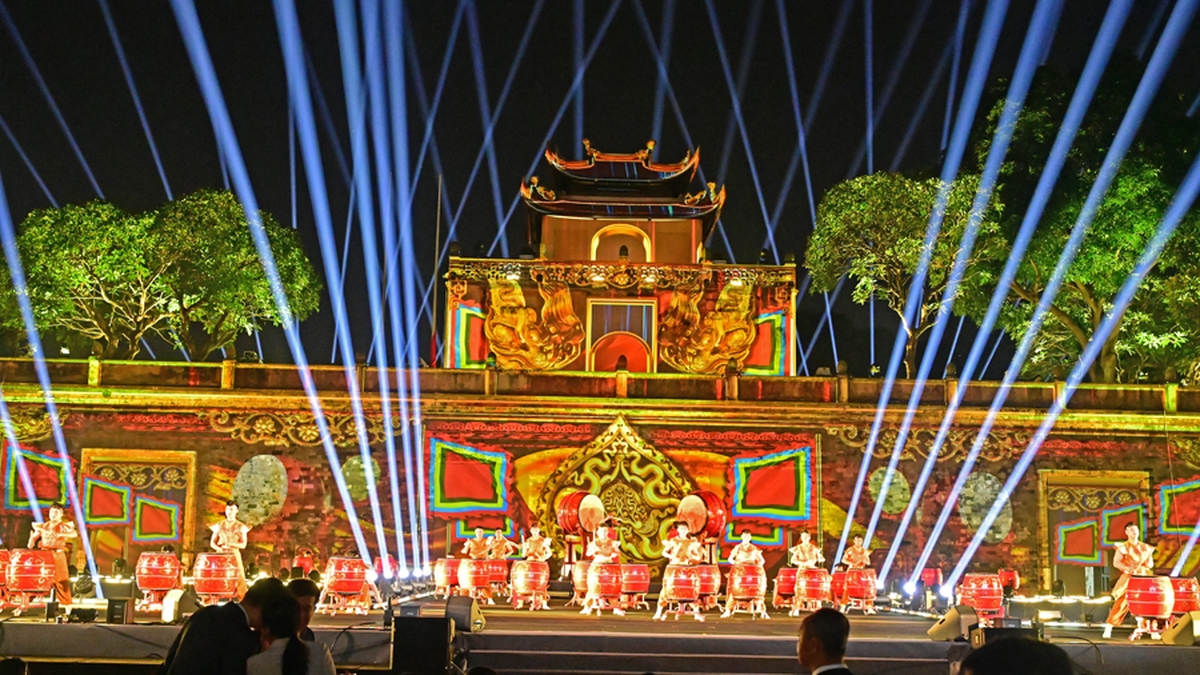
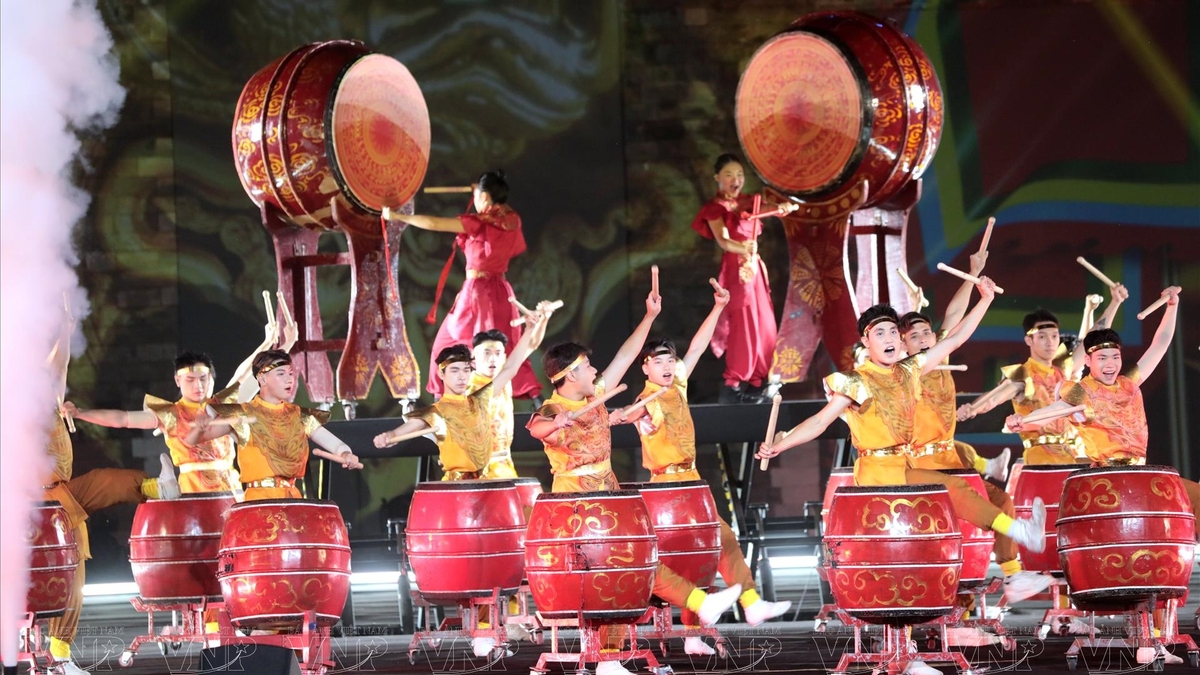
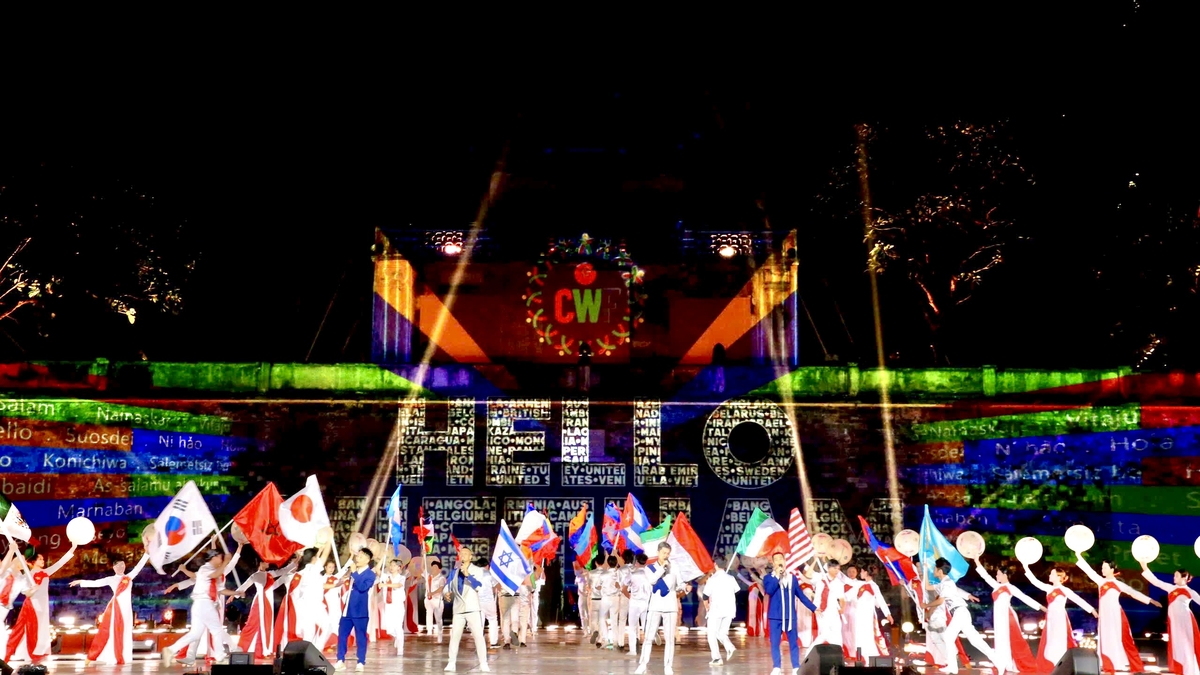




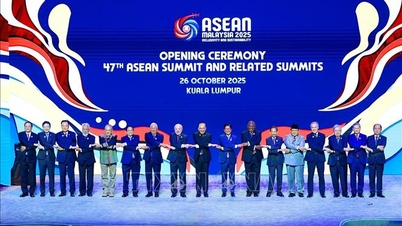








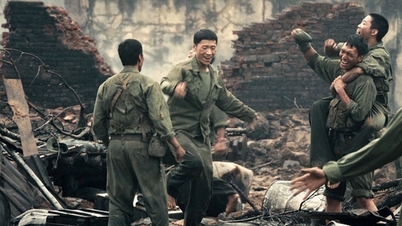

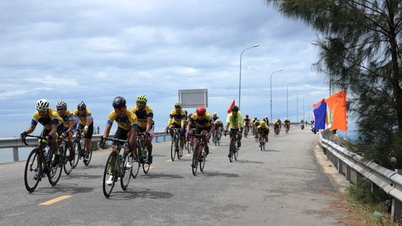
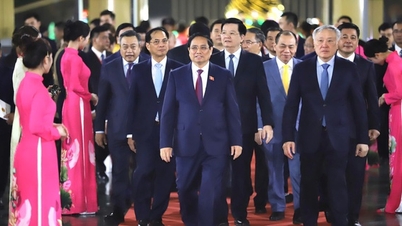

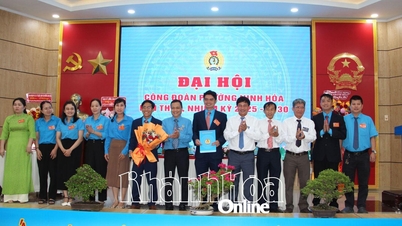

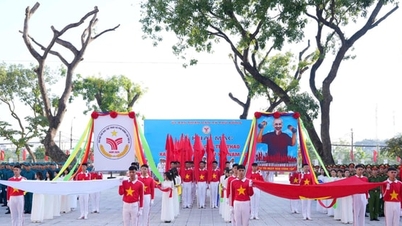






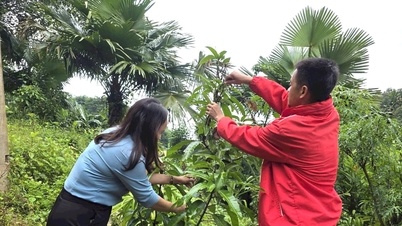













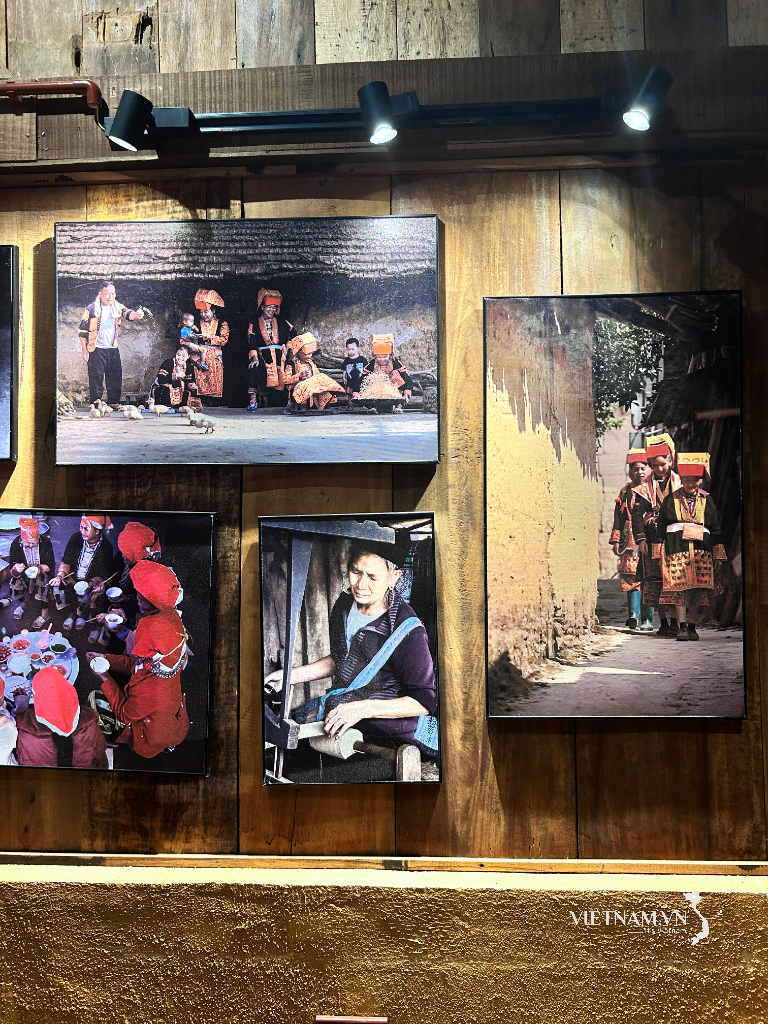


Comment (0)